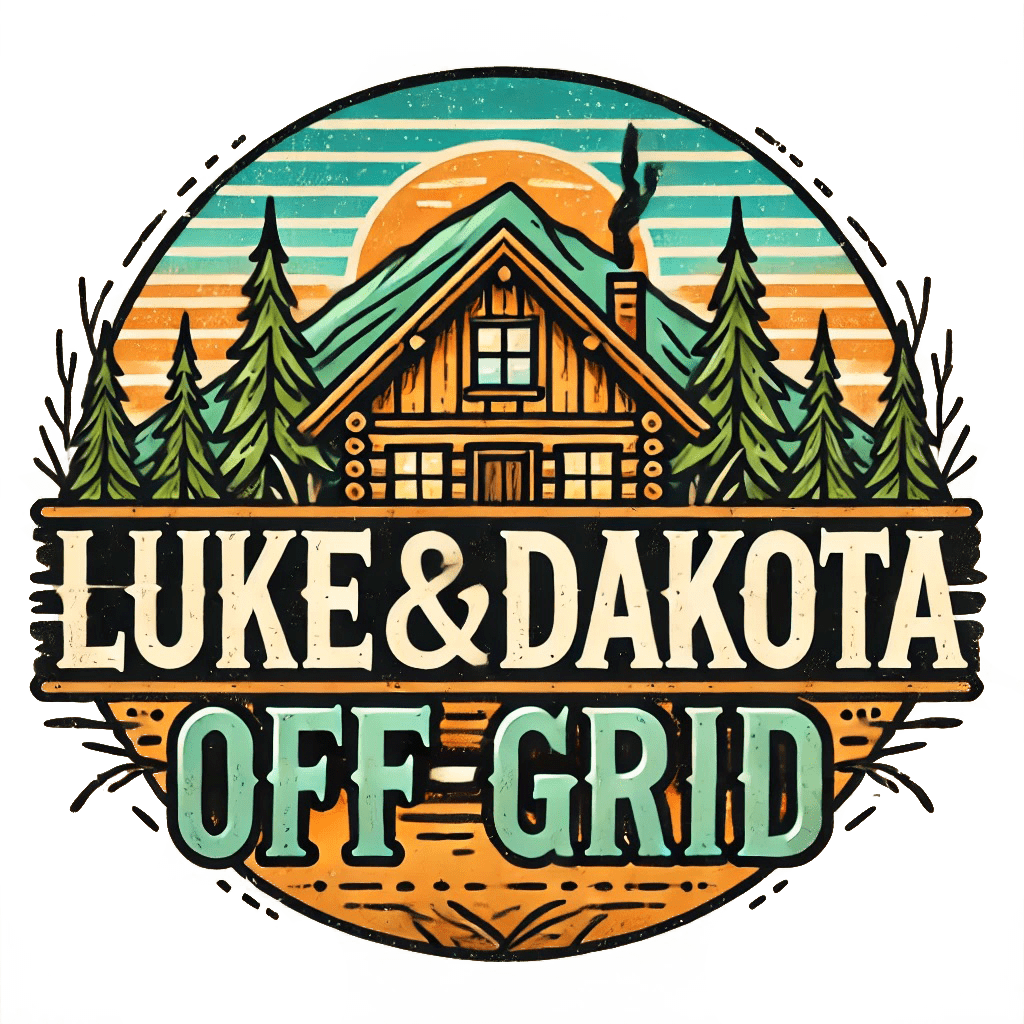An off-grid garden is more than just a source of fresh produce—it’s a key step toward self-sufficiency, sustainability, and a healthier lifestyle. Whether you’re growing vegetables to reduce grocery costs, learning to work with the land, or simply craving independence, an off-grid garden is a rewarding venture.
This comprehensive guide will walk you through everything you need to know to start your off-grid garden, from planning and preparing the land to choosing the right crops and maintaining your garden sustainably.
Why Start an Off-Grid Garden?
Off-grid gardening is about creating a sustainable food source without relying on municipal utilities or industrial agriculture. Here’s why it’s worth it:
- Self-Sufficiency: Grow your own food and reduce dependency on grocery stores.
- Cost Savings: A well-maintained garden can significantly cut your food budget.
- Healthier Food: Enjoy chemical-free produce with higher nutritional value.
- Environmental Benefits: Reduce your carbon footprint by growing locally.
- Resilience: Be prepared for emergencies or supply chain disruptions.
Step 1: Planning Your Off-Grid Garden
Good planning is the foundation of a successful off-grid garden.
Choosing the Right Location
- Sunlight: Most vegetables need 6-8 hours of direct sunlight daily. Observe your property to identify sunniest spots.
- Water Access: Choose a location near your water source, like a rain barrel, well, or natural spring.
- Soil Quality: Test the soil for pH, drainage, and nutrients. Sandy or loamy soils are generally best for gardening.
- Protection from Wind: Use natural barriers like hedges, fences, or trees to shield your garden.
Deciding on Garden Size
- Start small if you’re a beginner. A 10×10 ft garden is manageable and can yield plenty of produce for a small family.
- Plan for future expansion as you gain experience and confidence.
Step 2: Choosing the Right Crops
Beginner-Friendly Vegetables
Start with hardy, easy-to-grow crops:
- Root Vegetables: Carrots, radishes, and potatoes.
- Leafy Greens: Lettuce, spinach, and kale grow quickly and are nutrient-dense.
- Herbs: Basil, parsley, and cilantro thrive in small spaces.
Crops for Long-Term Storage
For self-sufficiency, grow crops that store well:
- Winter Squash and pumpkins.
- Onions and garlic.
- Grains: Corn, quinoa, or amaranth for flour or feed.
Seasonal Planting
- Spring: Peas, spinach, and radishes.
- Summer: Tomatoes, cucumbers, and beans.
- Fall: Kale, beets, and carrots.
Step 3: Preparing the Soil
Testing and Amending Soil
- Test Your Soil: Use a soil test kit to check pH and nutrient levels.
- Add Compost: Enrich soil with homemade compost made from kitchen scraps, grass clippings, and leaves.
- Mulch: Retain moisture and suppress weeds with organic mulch like straw or wood chips.
Building Fertile Beds
- Raised Beds: Ideal for poor soil or wet climates, they improve drainage and simplify maintenance.
- No-Dig Beds: Preserve soil structure and improve fertility by layering cardboard, compost, and mulch directly on the ground.
Step 4: Setting Up an Off-Grid Watering System
Rainwater Harvesting
- Install gutters and downspouts to collect rainwater into barrels.
- Use a gravity-fed drip irrigation system for efficient watering.
Mulching for Moisture Retention
- Spread a thick layer of mulch around plants to minimize evaporation and regulate soil temperature.
Alternative Water Sources
- Wells: Invest in a hand pump or solar-powered pump for water access.
- Greywater Recycling: Reuse water from sinks or showers (ensure it’s safe for plants).
Step 5: Planting Your Garden
Starting Seeds vs. Transplants
- Seeds: Cheaper but require more time and attention.
- Transplants: Faster results but higher upfront costs.
Companion Planting
Group plants that benefit each other to improve yields and deter pests:
- Tomatoes and Basil: Basil repels pests that attack tomatoes.
- Carrots and Onions: Onions deter carrot flies.
Succession Planting
- Stagger planting dates for continuous harvests throughout the growing season.
Step 6: Maintaining Your Garden
Weeding
- Weed regularly to prevent competition for nutrients and water.
- Use hand tools or mulch to keep weeds under control.
Pest Control
- Natural Solutions: Attract beneficial insects like ladybugs to manage aphids.
- Companion Plants: Grow pest-deterrent plants like marigolds and garlic.
Feeding Your Plants
- Add compost or organic fertilizers periodically to replenish soil nutrients.
Step 7: Harvesting and Preserving
When to Harvest
- Pick vegetables at peak ripeness to maximize flavor and nutrition.
- Avoid overripe produce, as it can reduce yields and attract pests.
Preservation Techniques
- Canning: Preserve tomatoes, beans, and fruits.
- Freezing: Store leafy greens and berries.
- Drying: Dehydrate herbs, peppers, and fruits for long-term storage.
Step 8: Embracing Sustainable Practices
Composting
- Turn kitchen and garden waste into nutrient-rich soil amendments.
Crop Rotation
- Change planting locations annually to prevent soil depletion and deter pests.
Saving Seeds
- Collect seeds from heirloom or open-pollinated plants to reduce costs and maintain biodiversity.
Conclusion
Starting an off-grid garden is a fulfilling way to embrace self-sufficiency while enjoying fresh, homegrown food. By planning carefully, choosing the right crops, and using sustainable practices, you can create a thriving garden that supports your off-grid lifestyle.
Ready to start your gardening journey? Grab a shovel, prepare your soil, and get planting—your path to self-sufficiency begins today!

